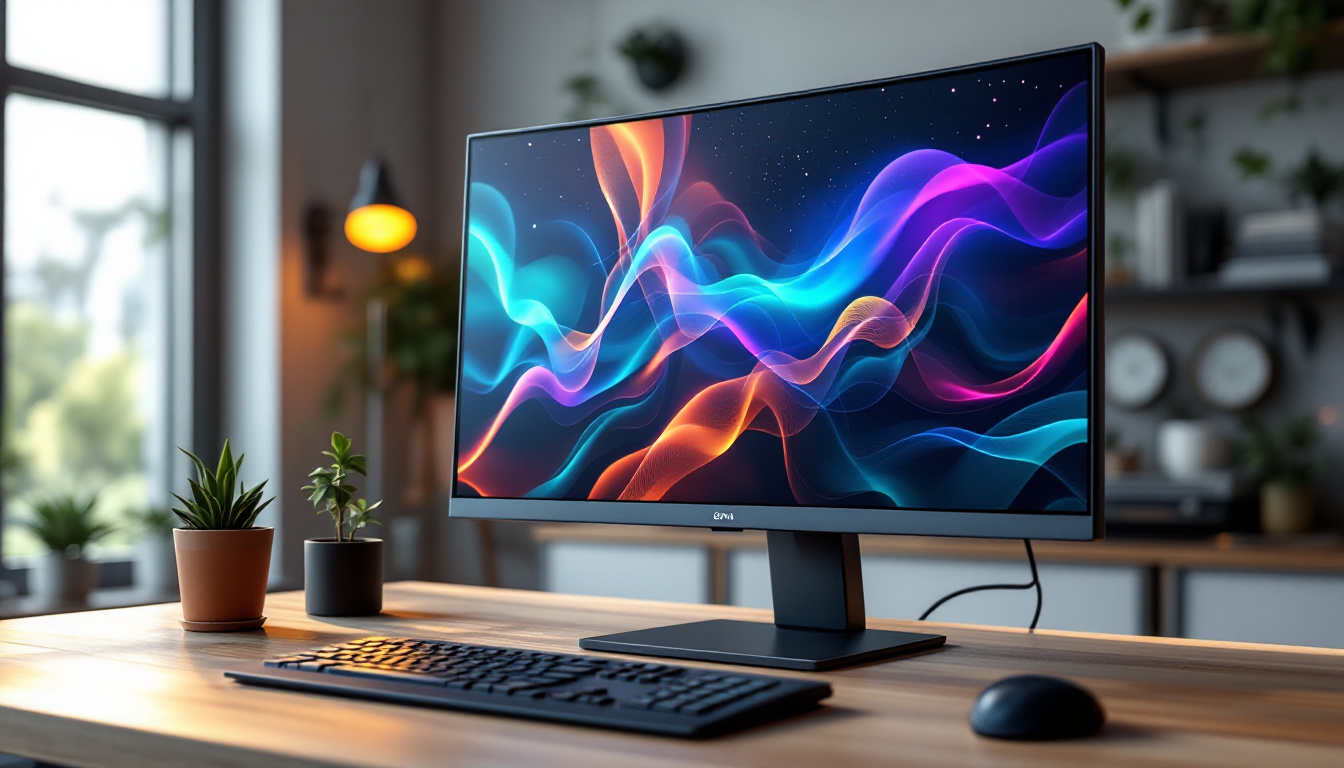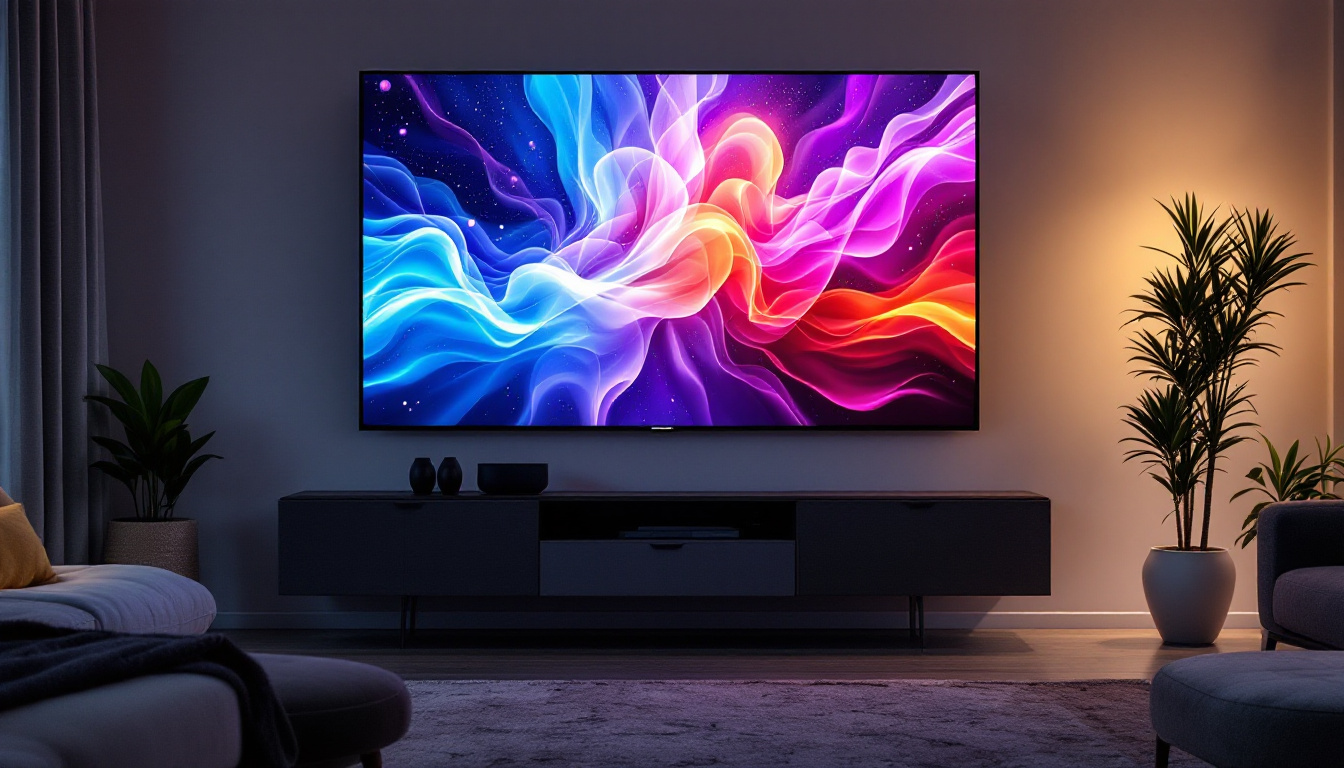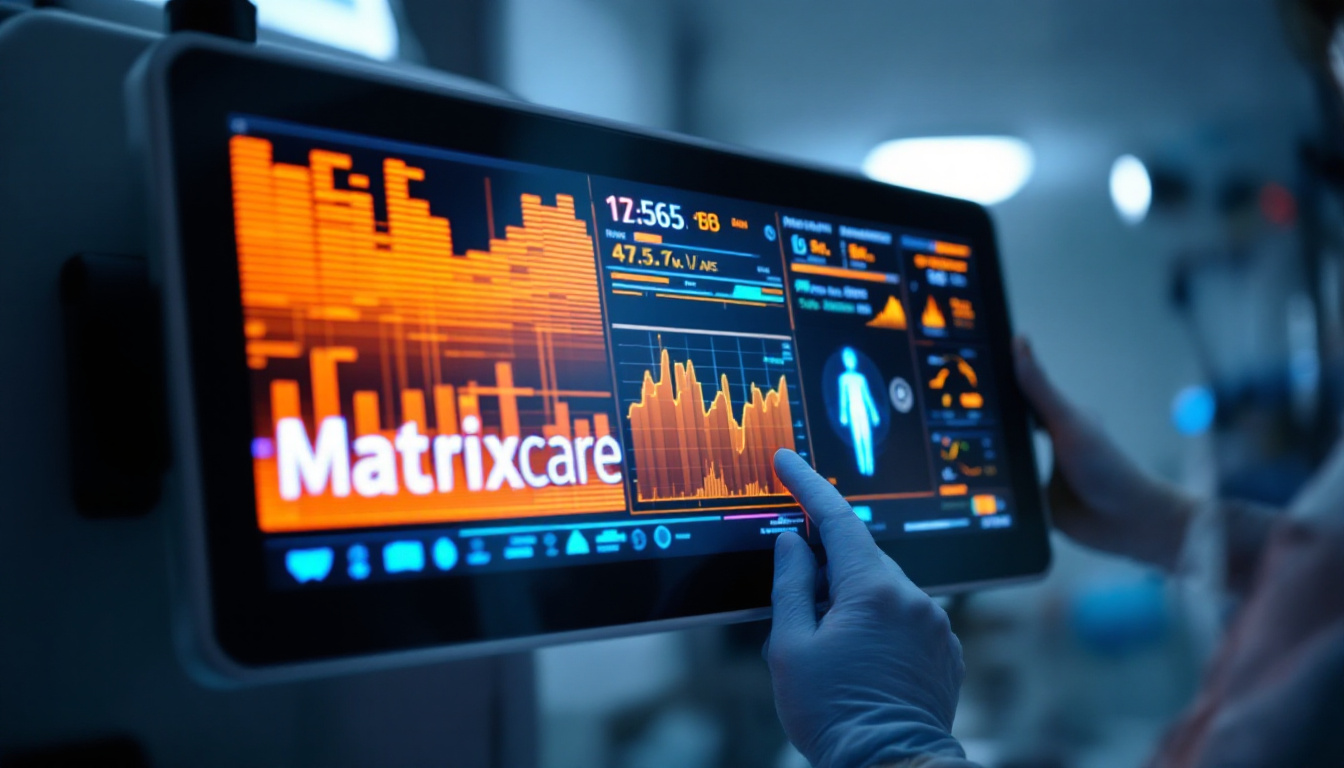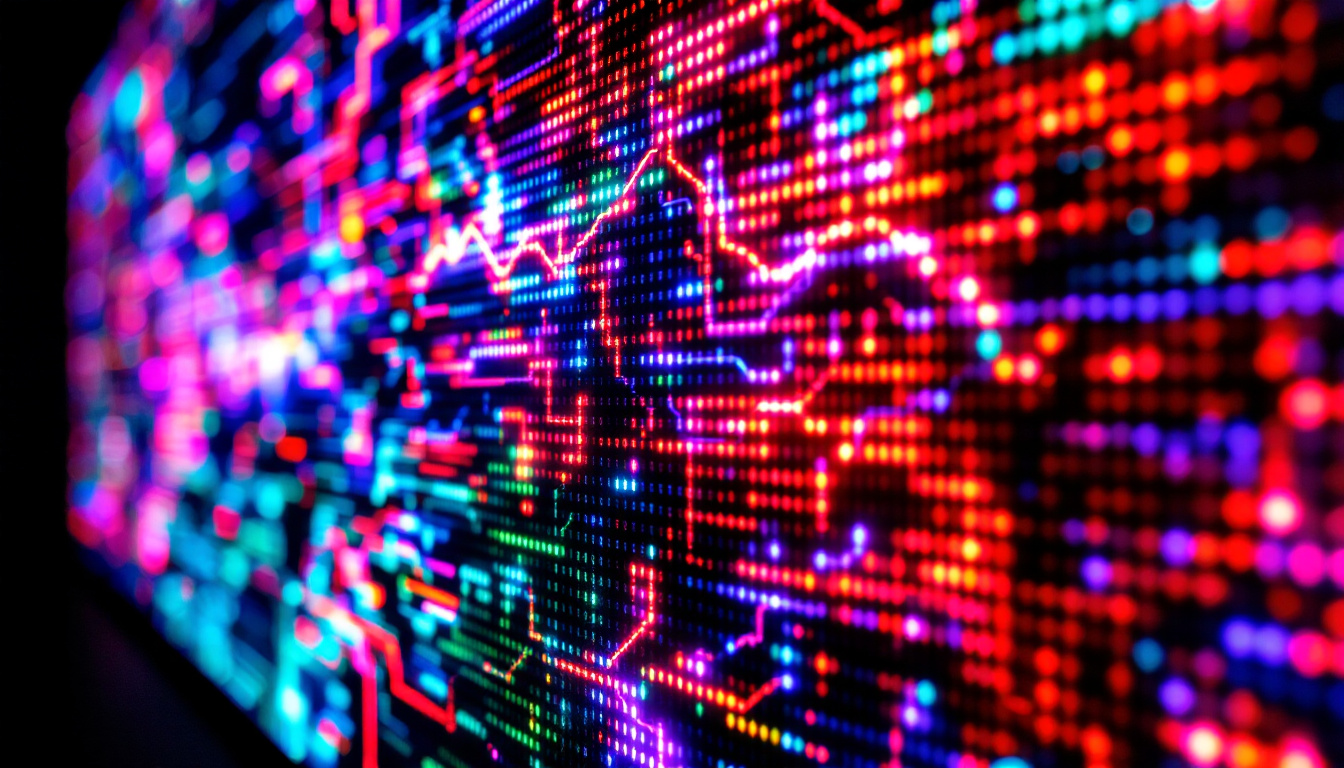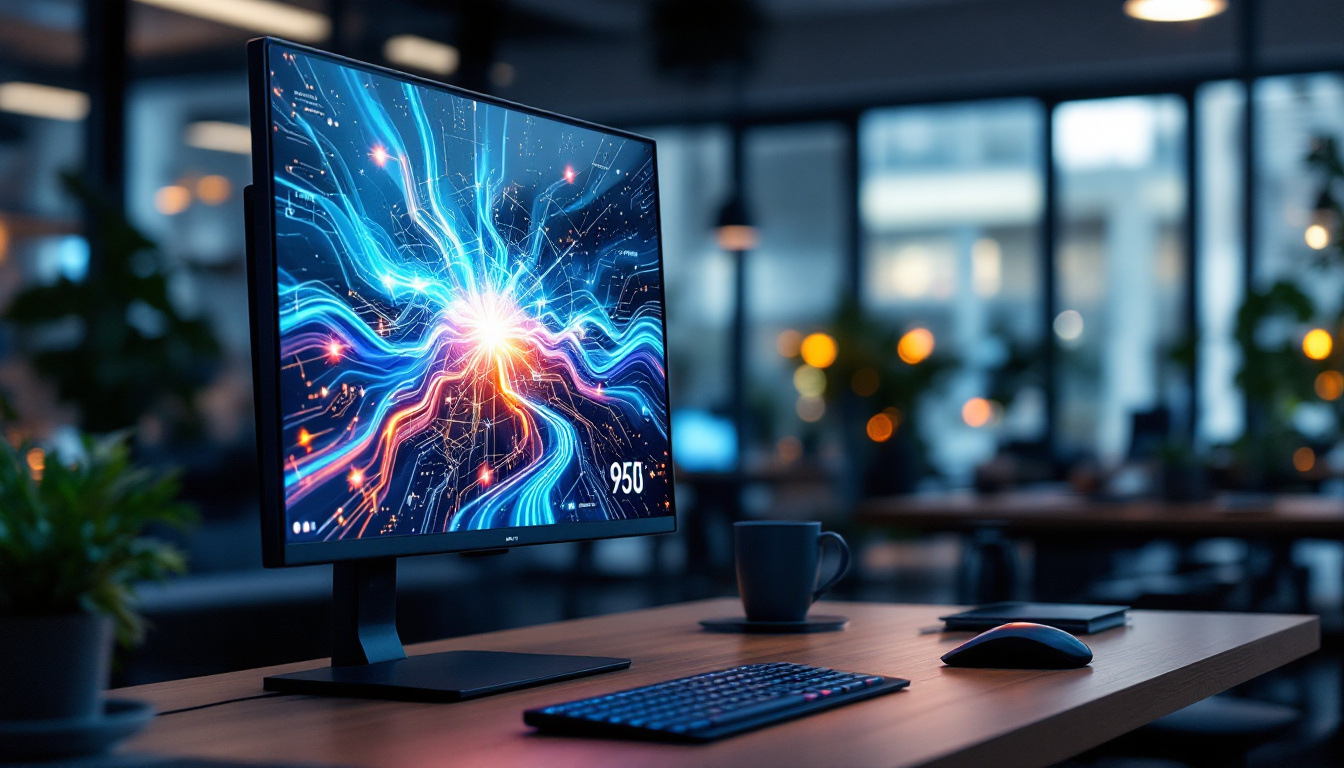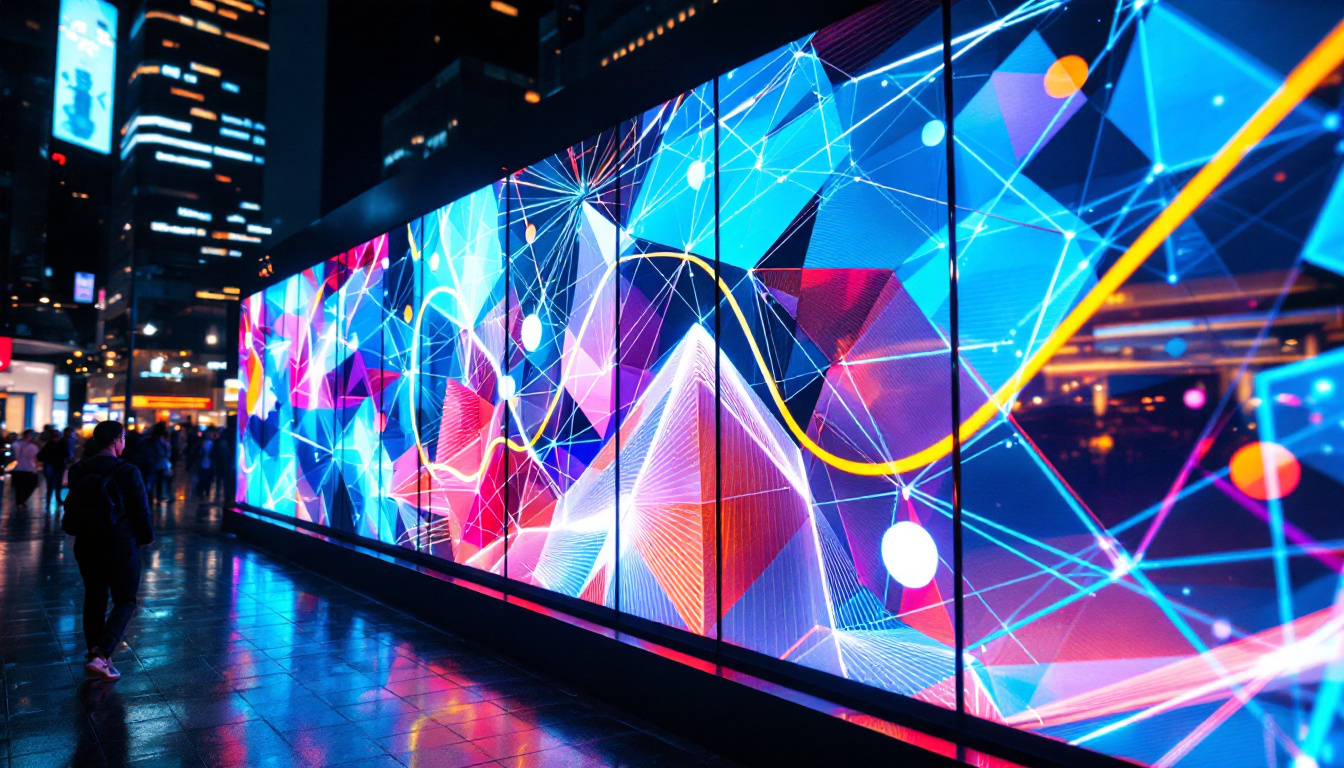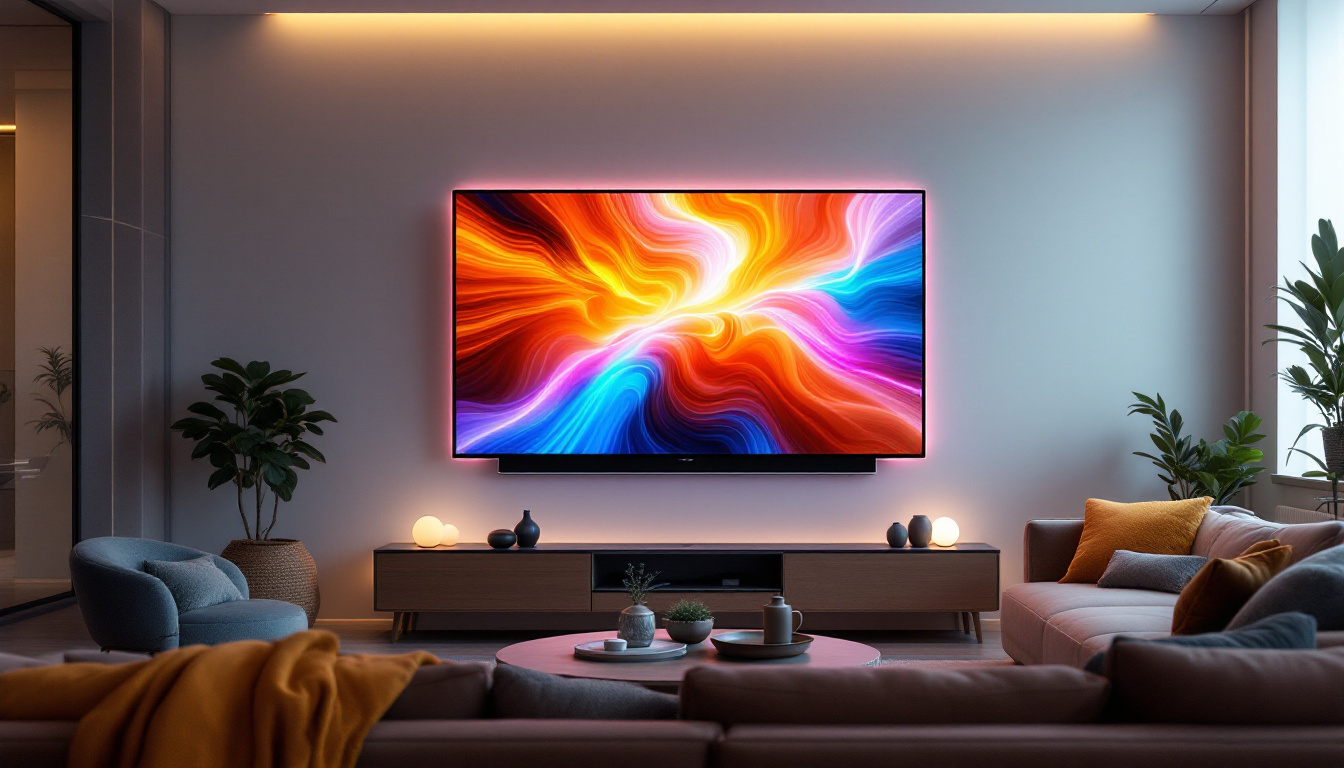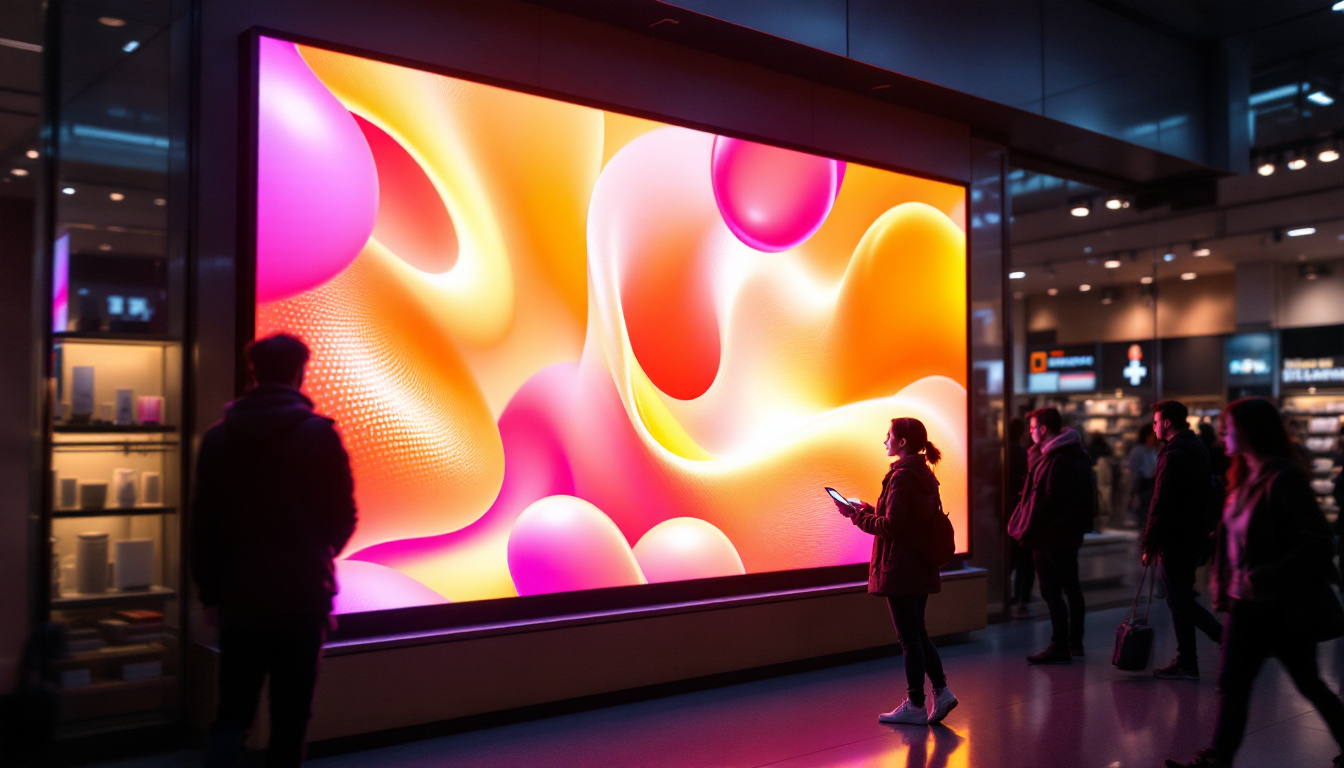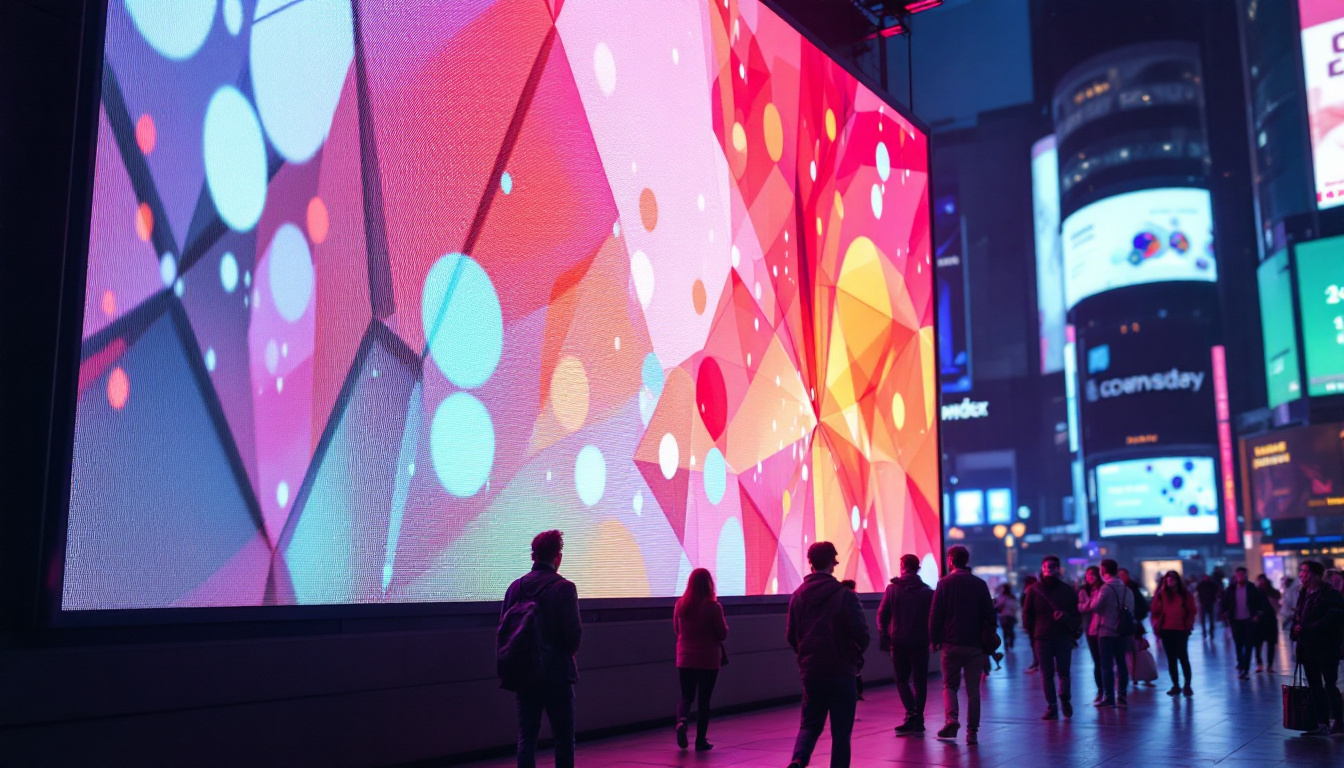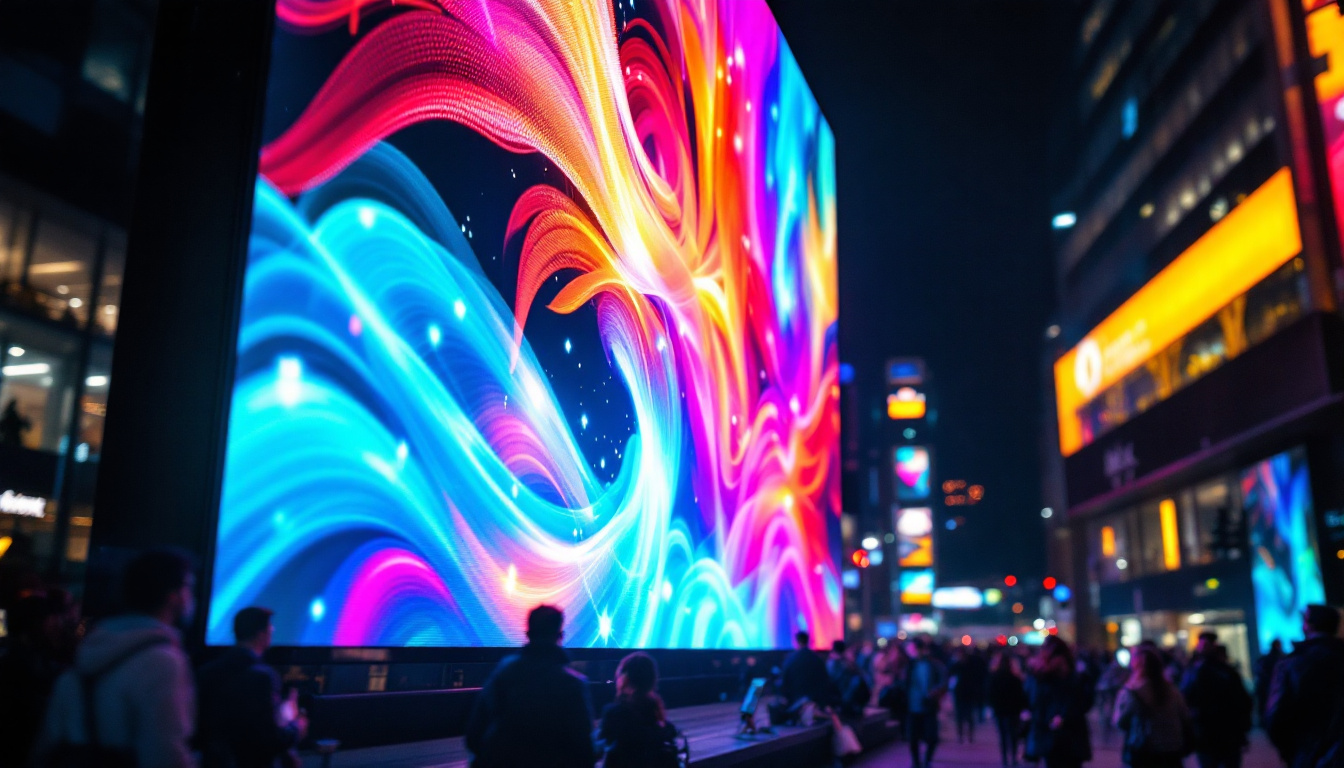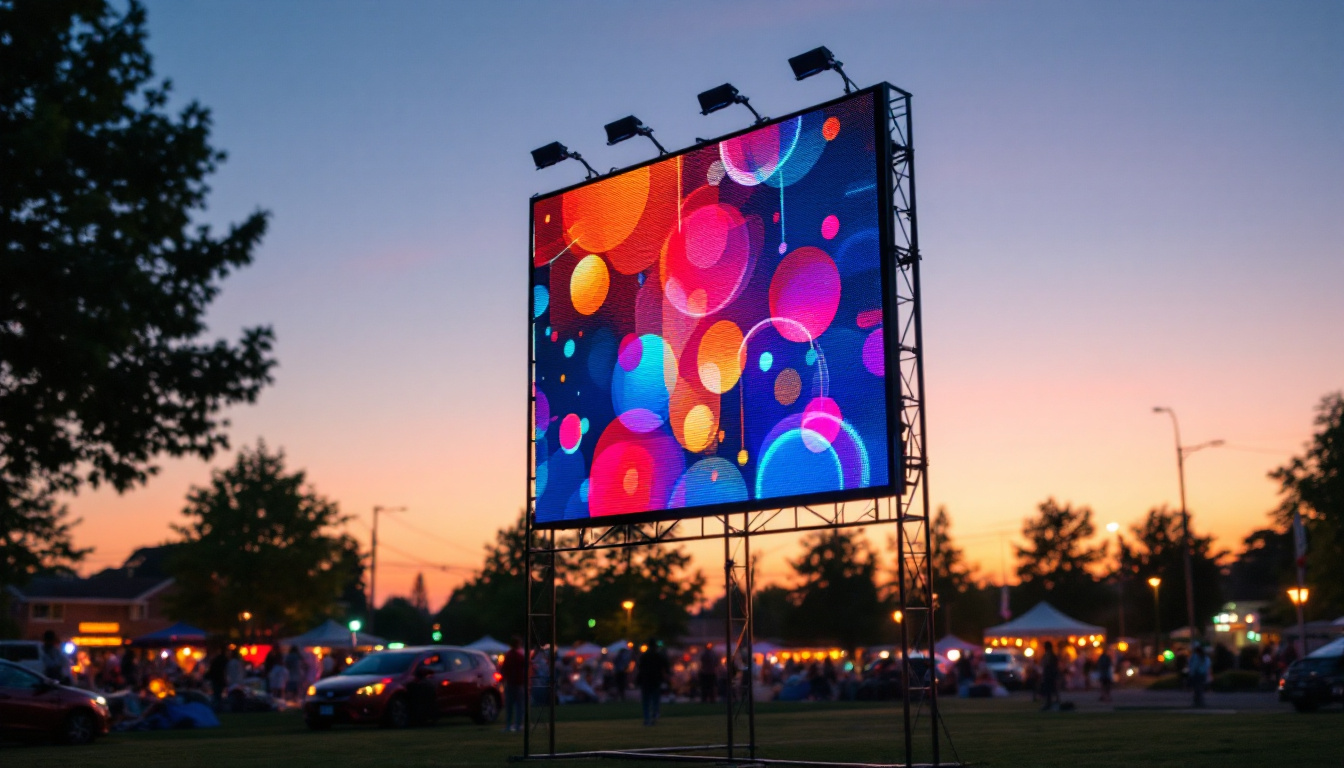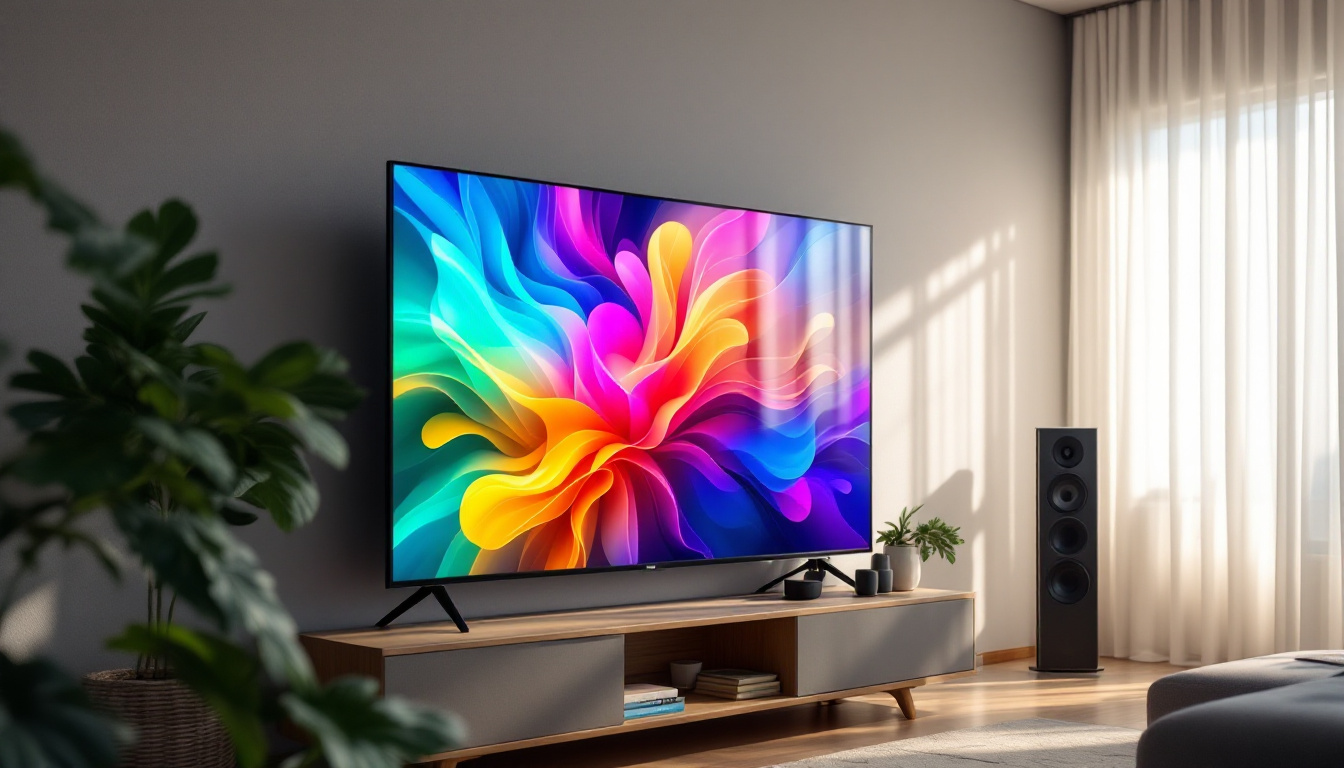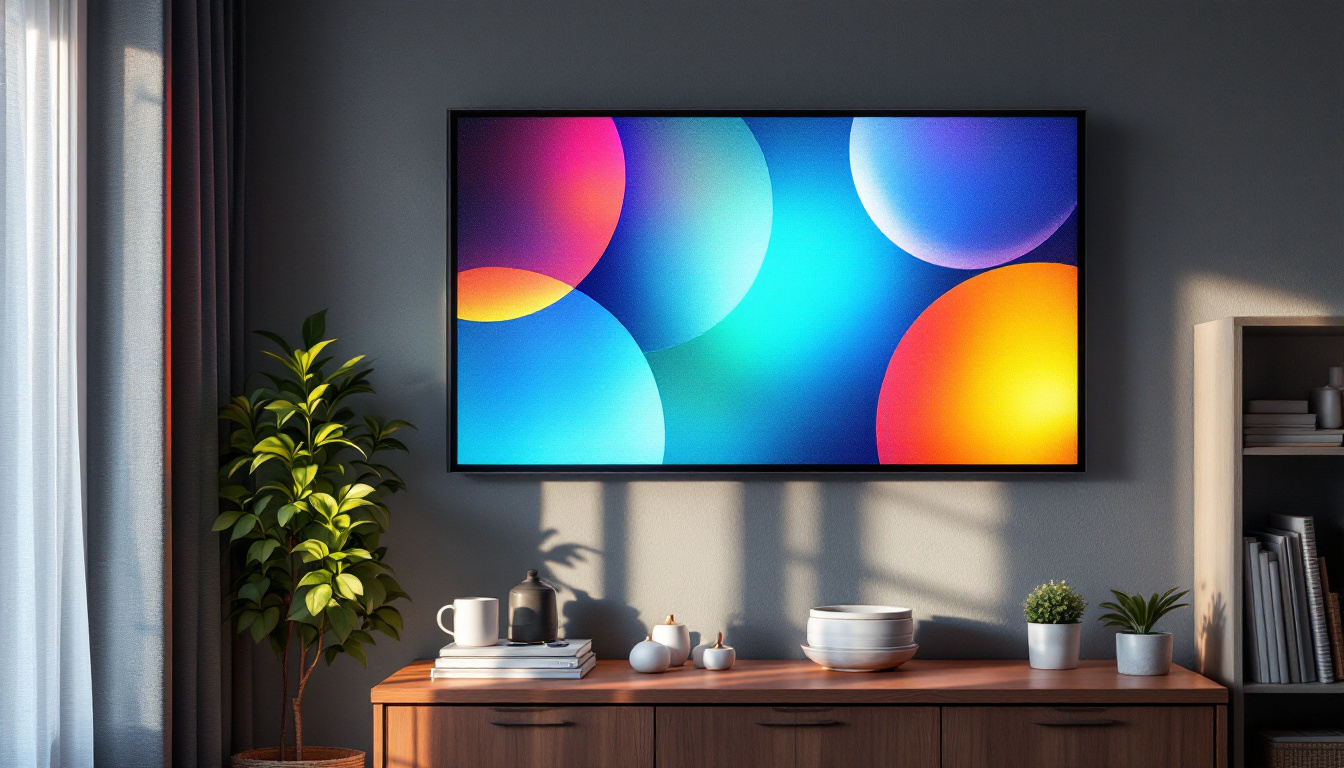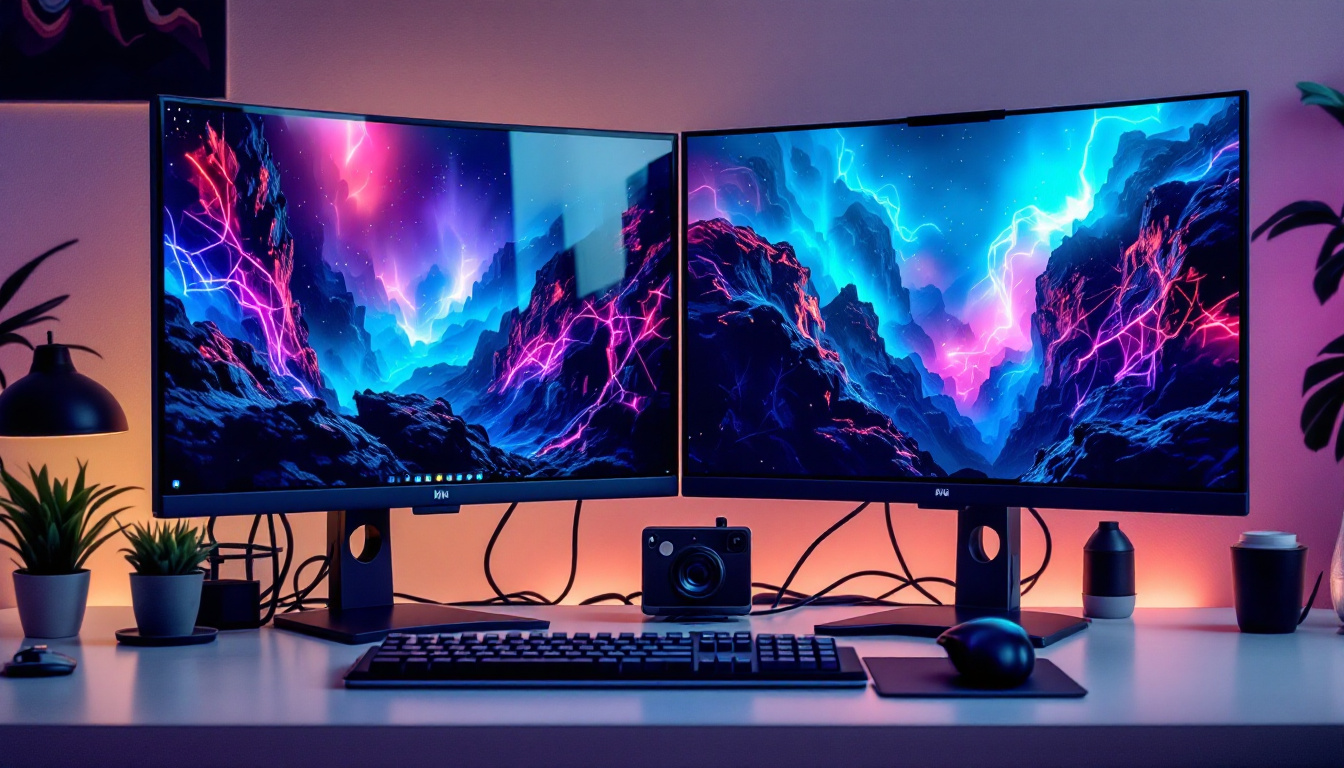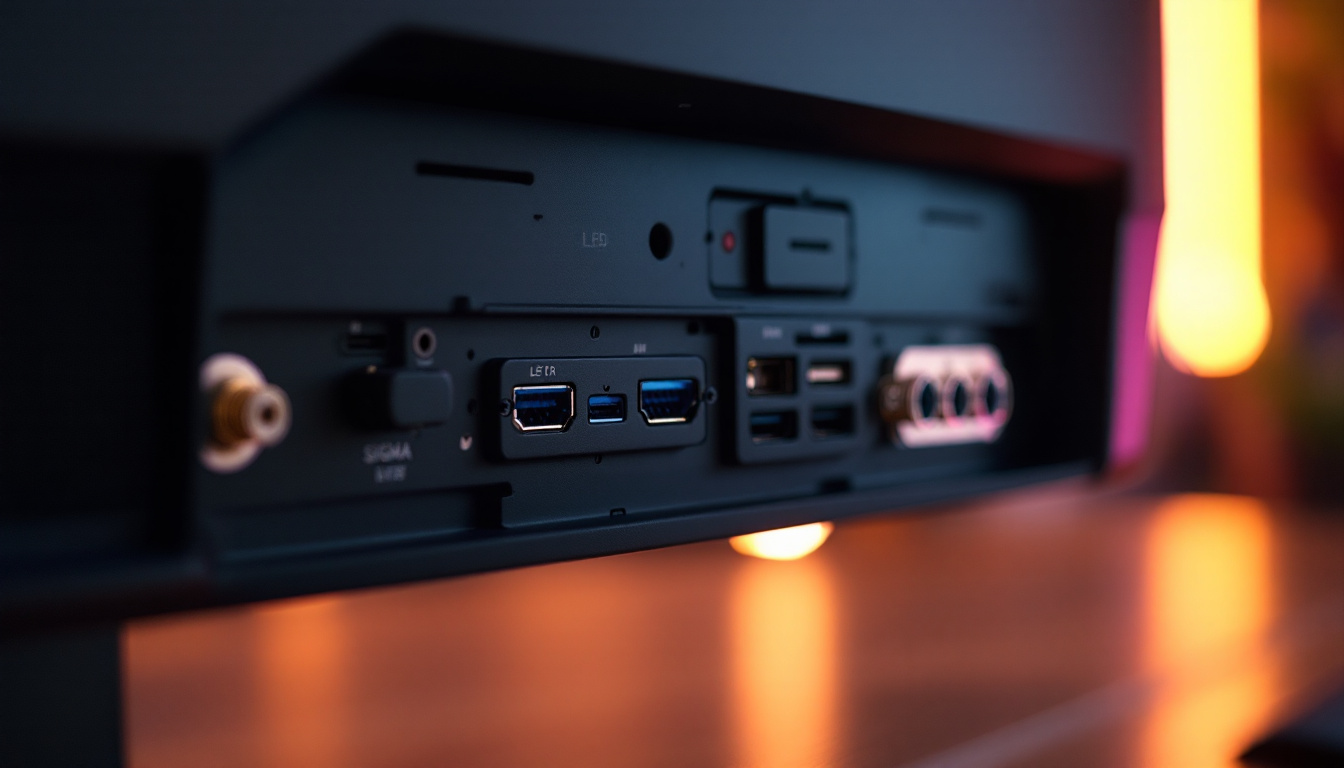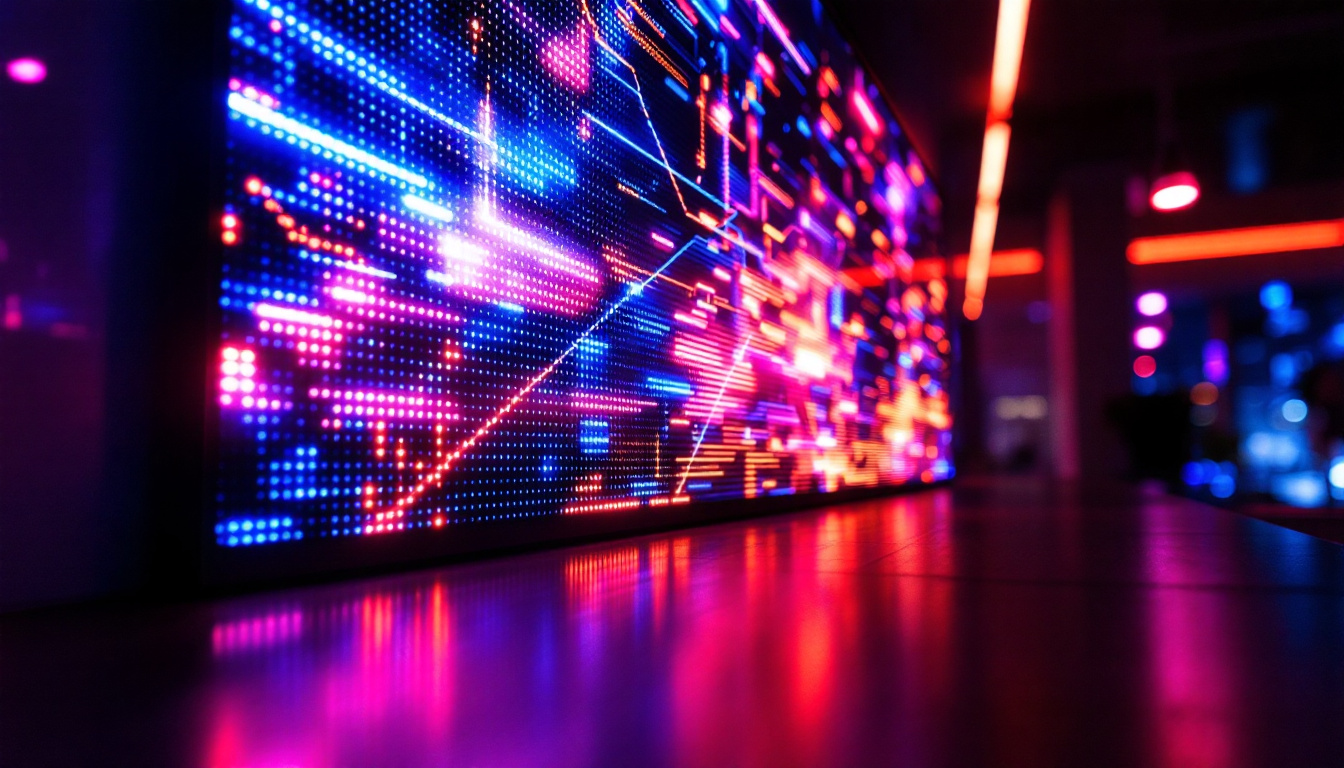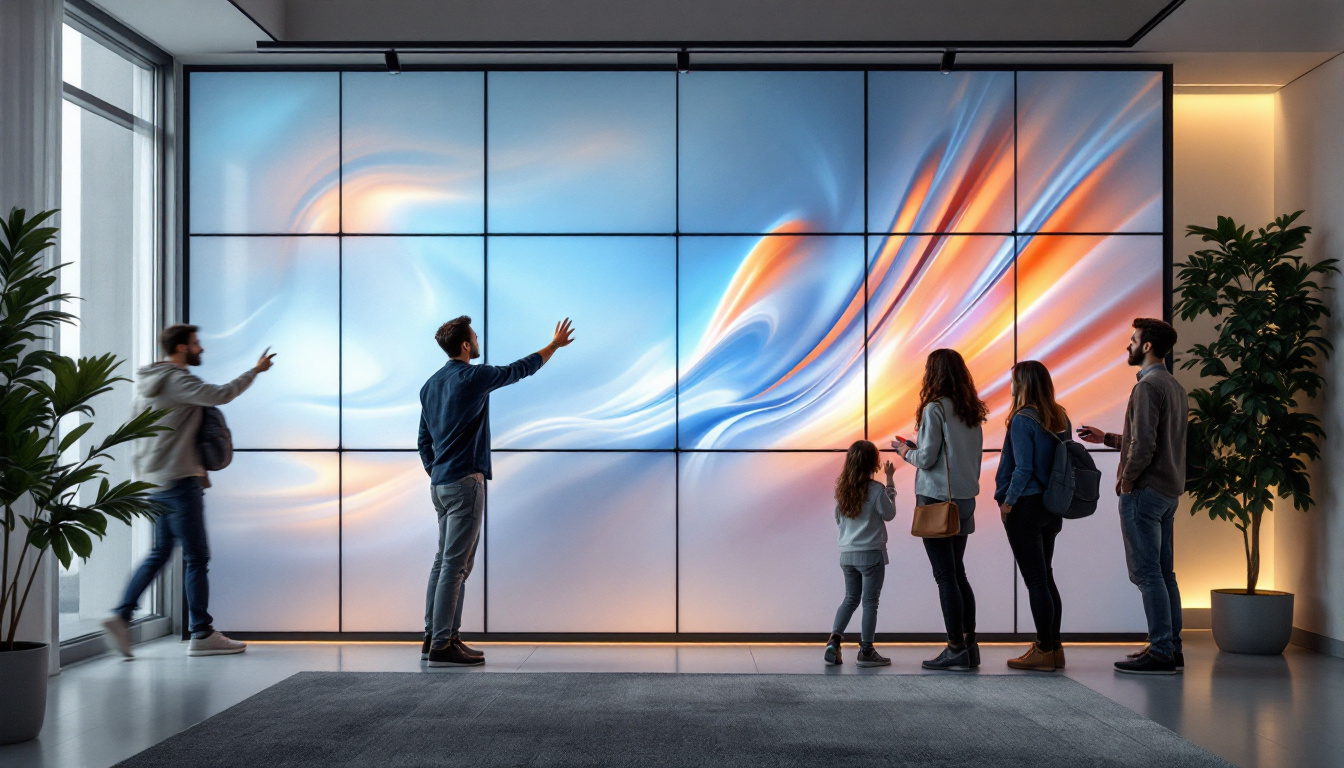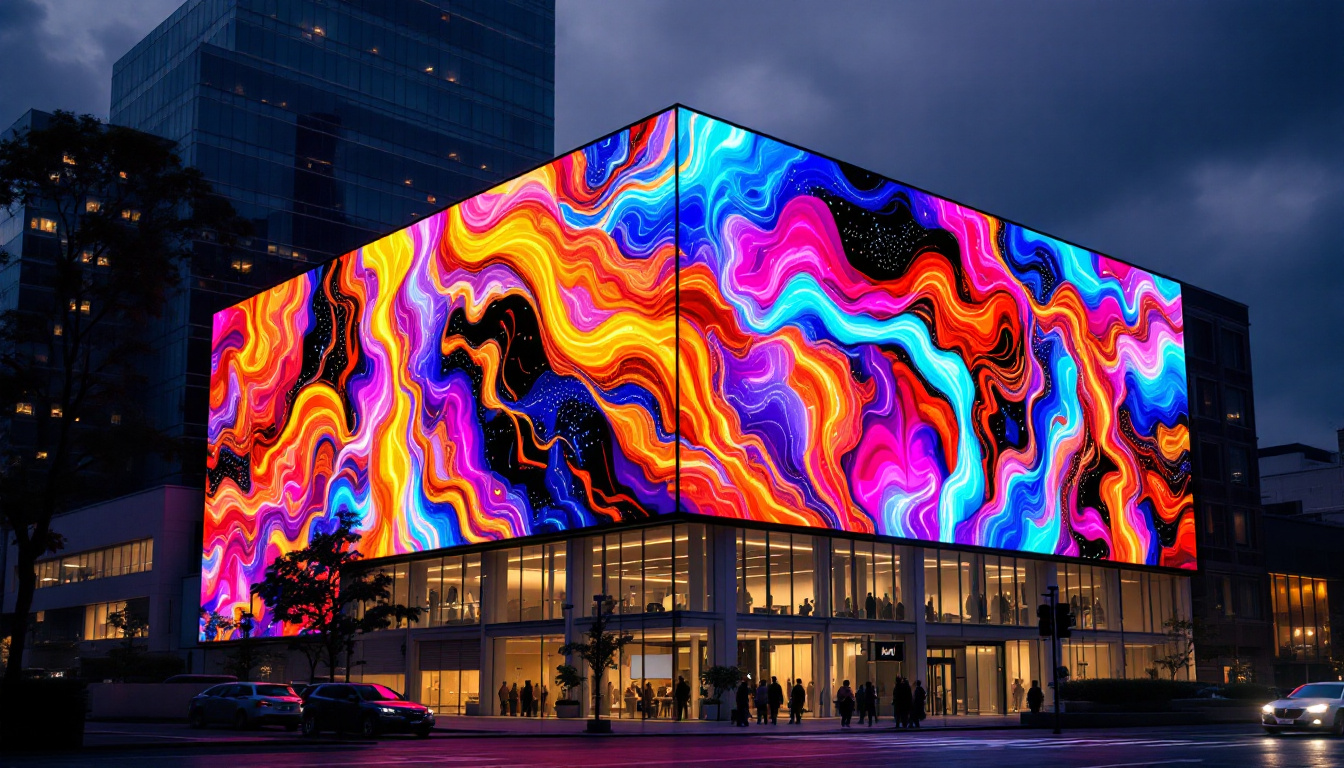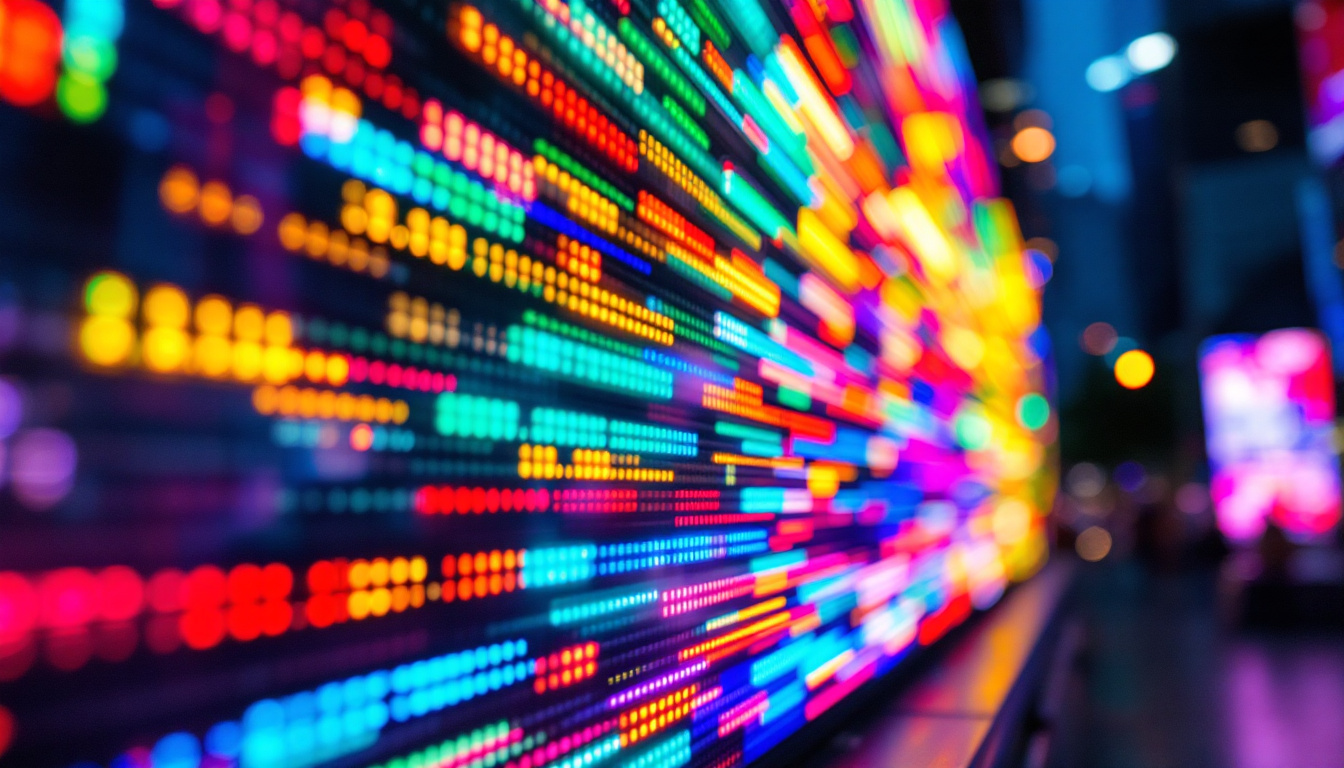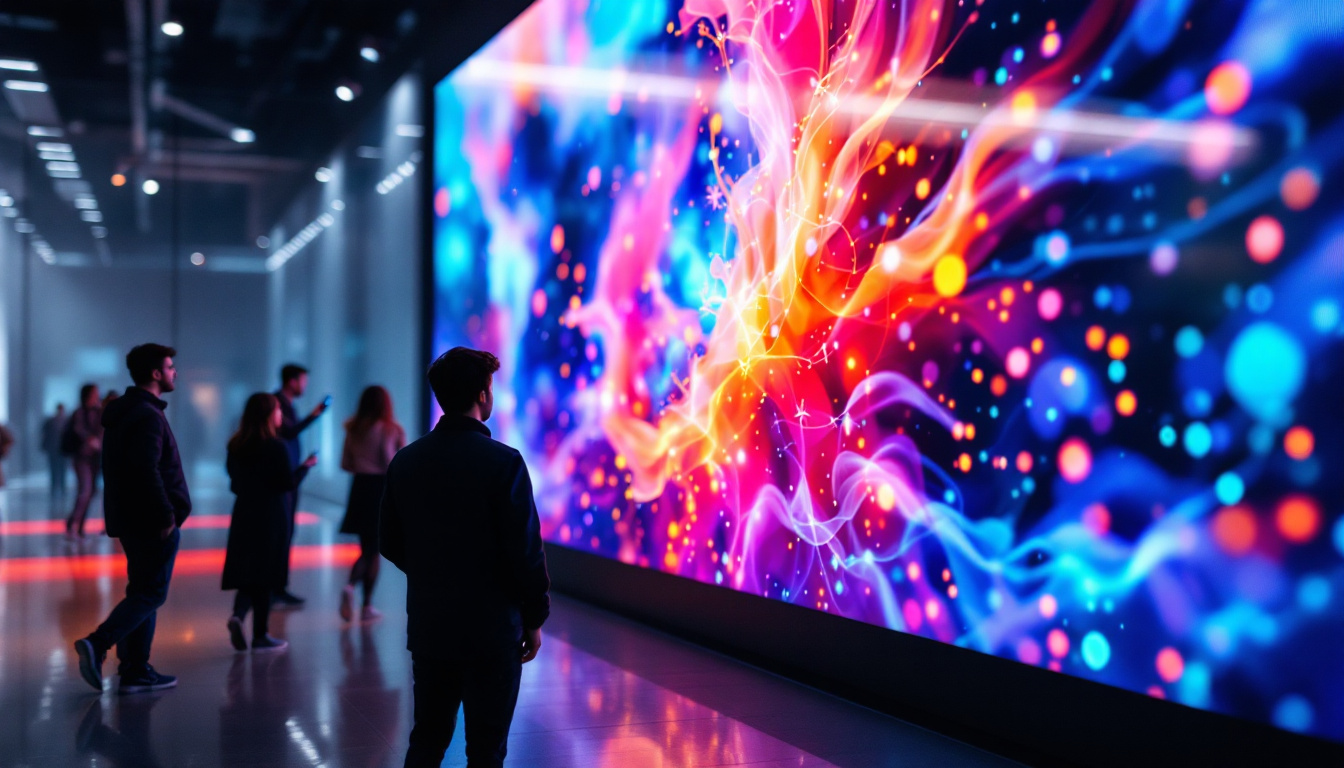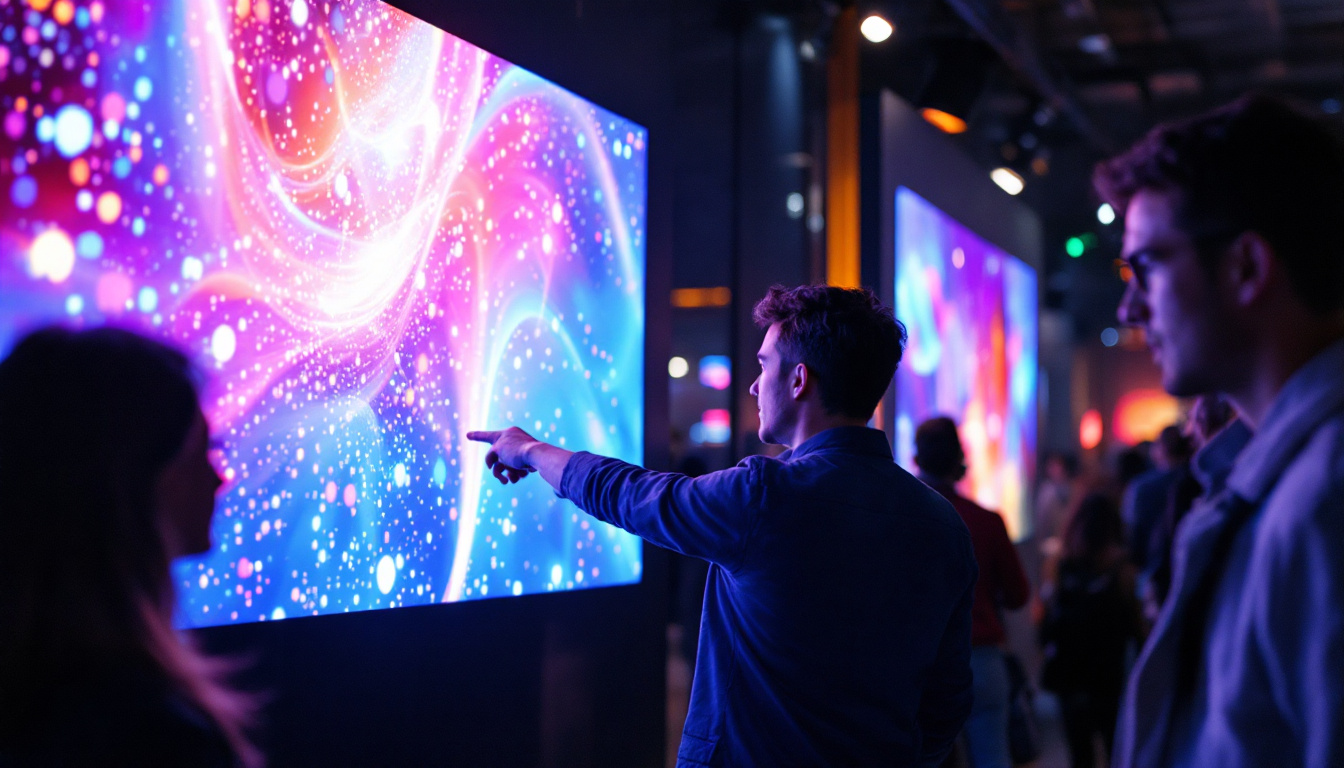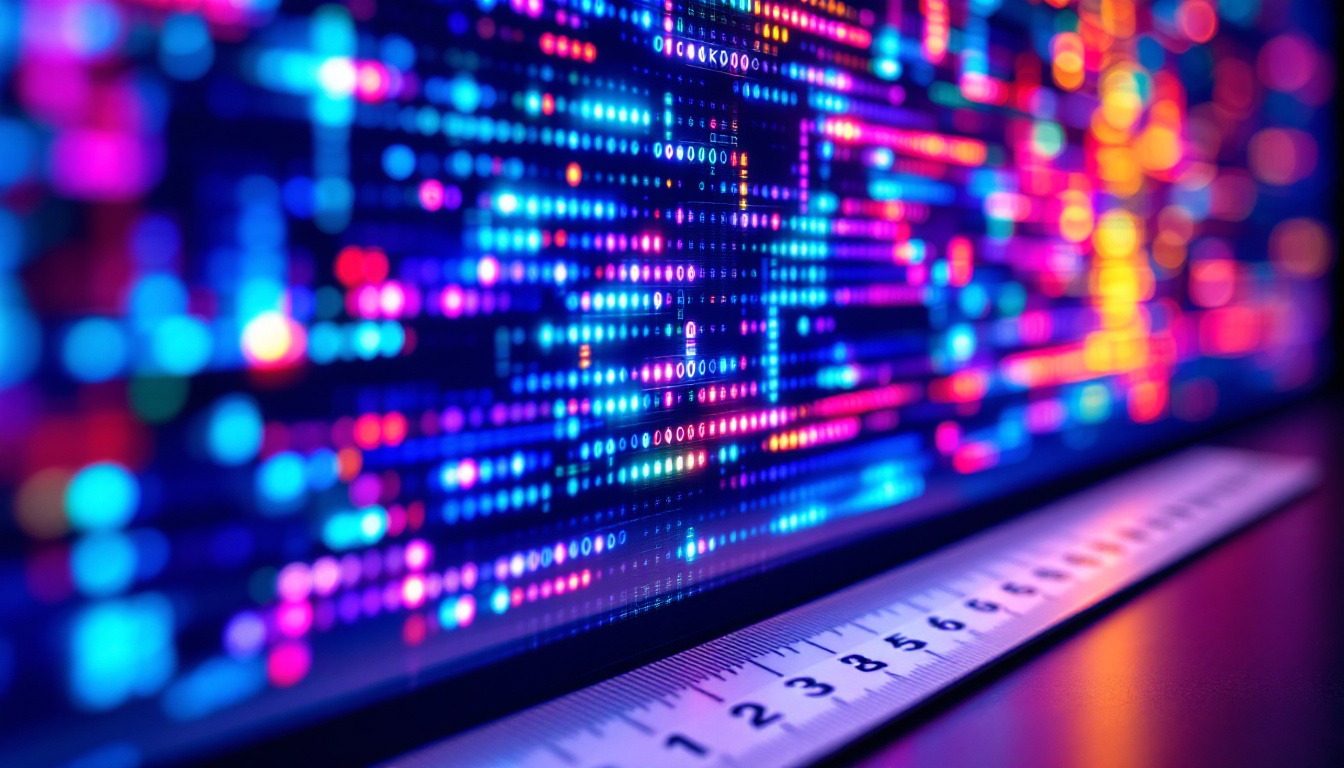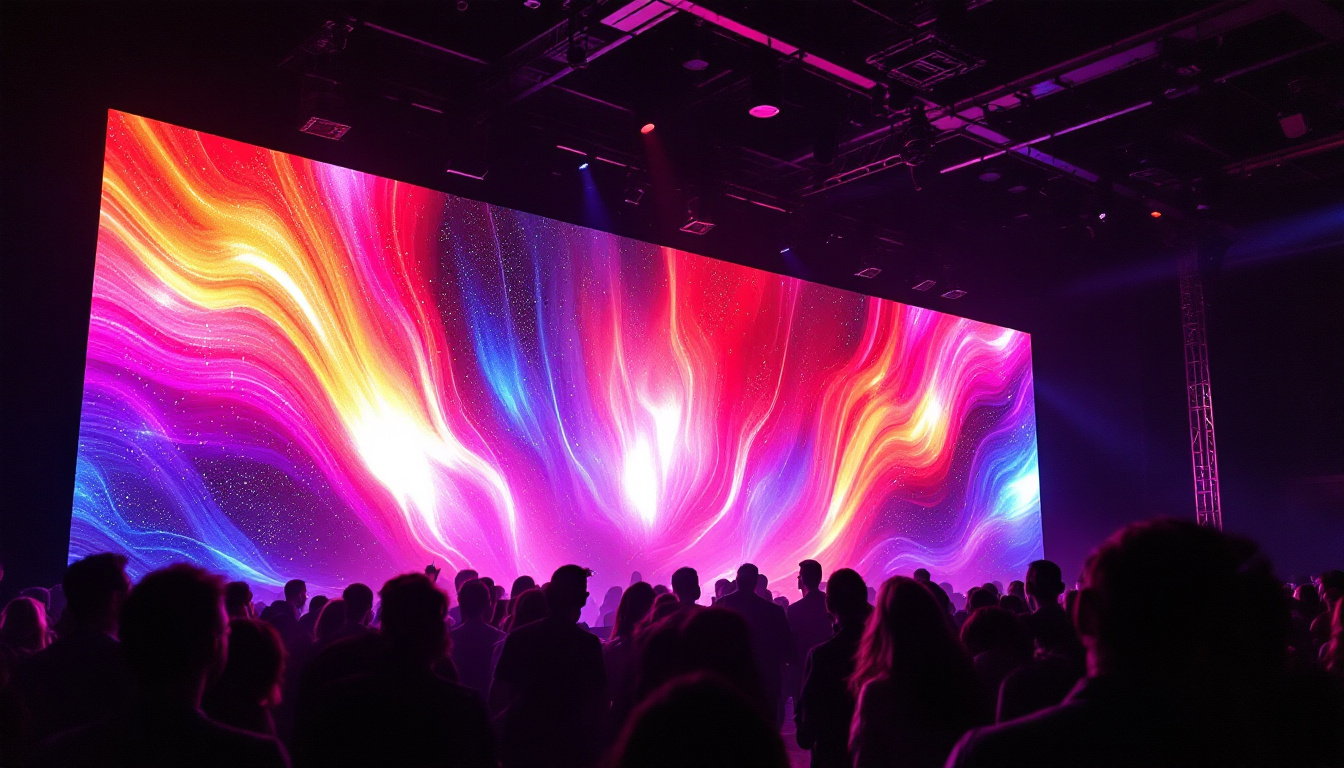In the ever-evolving world of technology, the display is one of the most crucial components of any device, be it a computer, television, or mobile phone. Among various display technologies, LED (Light Emitting Diode) displays have gained immense popularity due to their efficiency and superior performance. This article delves into the intricacies of LED displays, particularly focusing on their application in monitors, and explores the benefits and considerations associated with using them.
Understanding LED Technology
LED technology has revolutionized the way images and videos are displayed on screens. Unlike traditional LCDs that rely on fluorescent backlighting, LED displays use tiny light-emitting diodes to create images. This fundamental difference results in several advantages, including improved brightness, contrast, and energy efficiency.
The Basics of LED Displays
At its core, an LED display consists of a matrix of individual LEDs that emit light when an electric current passes through them. These LEDs can be arranged in various configurations, such as RGB (Red, Green, Blue) to produce a full spectrum of colors. This ability to mix colors at the pixel level allows for vibrant and lifelike images.
LED displays can be categorized into two main types: direct-lit and edge-lit. Direct-lit LED monitors have LEDs placed directly behind the screen, providing uniform brightness across the display. In contrast, edge-lit displays have LEDs positioned along the edges, which can lead to variations in brightness and contrast but are often thinner and lighter. Additionally, advancements in technology have led to the development of mini-LED and micro-LED displays, which utilize smaller diodes for even better performance, allowing for finer pixel control and enhanced picture quality.
Advantages of LED Displays
One of the most significant advantages of LED displays is their energy efficiency. Compared to traditional LCDs, LED monitors consume less power, making them an environmentally friendly choice. This efficiency translates into lower electricity bills and a reduced carbon footprint. Moreover, many LED displays are designed to be recyclable, further contributing to sustainability efforts in the electronics industry.
Another notable benefit is the superior image quality. LED displays offer higher brightness levels and better contrast ratios, resulting in sharper images and more vivid colors. This makes them particularly suitable for tasks that require precise color representation, such as graphic design and video editing. Furthermore, LED technology has expanded into various applications beyond standard displays, including televisions, digital signage, and even architectural lighting, showcasing its versatility and adaptability in different environments. As the technology continues to evolve, we can expect even more innovative uses and enhancements in display quality and efficiency.
Applications of LED Monitors
LED monitors are versatile and find applications in various fields, from home entertainment to professional environments. Their adaptability is one of the reasons they have become a standard choice for consumers and businesses alike.
Home Entertainment
In the realm of home entertainment, LED displays have become the go-to option for televisions and computer monitors. Their ability to deliver high-definition content with stunning clarity makes them ideal for watching movies, playing video games, or streaming online content. Many modern gaming consoles and PCs are designed to take full advantage of the capabilities of LED monitors, providing an immersive experience for users.
Furthermore, advancements in LED technology, such as HDR (High Dynamic Range), have significantly enhanced the viewing experience. HDR allows for a broader range of colors and improved contrast, making images appear more realistic and engaging. Additionally, many LED monitors now come equipped with smart features, enabling users to access streaming services directly from the display. This integration streamlines the viewing experience, allowing for seamless transitions between different types of content without the need for additional devices.
Professional Use Cases
In professional settings, LED monitors are widely used in graphic design, photography, and video production. The accurate color reproduction and high resolution offered by LED displays are essential for professionals who rely on precise visuals for their work. This accuracy ensures that what is seen on the screen closely matches the final output, whether it’s a printed image or a digital video.
Moreover, LED monitors are increasingly popular in corporate environments for presentations and meetings. Their bright displays ensure that content is visible even in well-lit rooms, making them effective tools for communication and collaboration. Beyond just presentations, many businesses utilize LED monitors for digital signage, displaying important information, advertisements, or announcements in real-time. This dynamic use of LED technology helps to engage employees and customers alike, creating a more interactive and informative environment. The ability to update content remotely adds another layer of convenience, allowing businesses to adapt their messaging quickly and efficiently.
Choosing the Right LED Monitor
When selecting an LED monitor, several factors should be considered to ensure it meets specific needs and preferences. The right choice can significantly enhance the user experience, whether for gaming, professional work, or casual use.
Screen Size and Resolution
Screen size and resolution are two of the most critical aspects to consider. A larger screen can provide a more immersive experience, especially for gaming and multimedia consumption. However, the resolution is equally important; higher resolutions, such as 4K, offer more detail and clarity, making them ideal for professional applications.
For general use, a Full HD (1920 x 1080) resolution is often sufficient, but for graphic design or video editing, a higher resolution monitor is recommended to capture finer details. Additionally, when considering screen size, it’s vital to think about the viewing distance. A larger monitor placed too close can lead to discomfort, while a smaller monitor may not utilize the available space effectively. Therefore, finding the right balance between size and resolution based on your workspace and usage habits is crucial for optimizing your visual experience.
Refresh Rate and Response Time
Refresh rate and response time are essential specifications for gamers and those who engage in fast-paced activities. A higher refresh rate, such as 144Hz or 240Hz, results in smoother motion and reduces motion blur, which is critical for competitive gaming. Similarly, a lower response time minimizes ghosting effects, ensuring that fast-moving visuals appear crisp and clear.
Moreover, it’s worth noting that refresh rates can also impact the overall feel of everyday tasks, such as scrolling through documents or web pages. A monitor with a higher refresh rate can make these actions feel more fluid and responsive. Additionally, some monitors come equipped with adaptive sync technologies, like NVIDIA G-SYNC or AMD FreeSync, which help to eliminate screen tearing and stuttering during gameplay, further enhancing the experience. Therefore, for both gamers and general users, understanding these specifications can lead to a more satisfying and efficient interaction with their monitor.
Potential Drawbacks of LED Monitors
While LED monitors offer numerous benefits, they are not without their drawbacks. Understanding these limitations can help users make informed decisions when selecting a display.
Cost Considerations
One of the primary drawbacks of LED monitors is their cost. Although prices have decreased over the years, high-end LED displays can still be significantly more expensive than traditional LCDs. This can be a limiting factor for budget-conscious consumers or businesses looking to equip multiple workstations.
However, it is essential to consider the long-term benefits of investing in a quality LED monitor, such as energy savings and improved performance, which may offset the initial cost over time.
Viewing Angles and Color Consistency
Another consideration is the viewing angle. While many LED monitors offer good color reproduction, some models may exhibit color shifts when viewed from an angle. This can be particularly problematic in collaborative environments where multiple people may need to view the screen simultaneously.
To mitigate this issue, it is advisable to look for monitors with IPS (In-Plane Switching) technology, which provides wider viewing angles and better color consistency compared to traditional TN (Twisted Nematic) panels.
Future Trends in LED Display Technology
The field of LED display technology is constantly evolving, with new innovations on the horizon that promise to enhance user experience further. Keeping an eye on these trends can provide insights into the future of monitors and displays.
MicroLED Displays
One of the most exciting developments in LED technology is the emergence of MicroLED displays. These displays utilize microscopic LEDs to create images, offering even greater brightness, contrast, and energy efficiency than traditional LED displays. MicroLED technology has the potential to revolutionize the market, providing ultra-thin, flexible screens with exceptional performance.
As MicroLED technology matures, it may become more accessible to consumers, leading to a new generation of displays that can adapt to various environments and applications.
Advancements in Smart Features
Another trend is the integration of smart features into LED monitors. Many modern displays now come equipped with built-in operating systems, allowing users to access streaming services, browse the internet, and utilize applications directly from the monitor. This convergence of technology enhances convenience and streamlines the user experience.
As smart technology continues to advance, future LED monitors may offer even more integrated features, such as voice control and enhanced connectivity options, making them more versatile than ever before.
Conclusion
LED displays have transformed the landscape of visual technology, offering numerous advantages over traditional display types. Their energy efficiency, superior image quality, and versatility make them an ideal choice for a wide range of applications, from home entertainment to professional use. While there are considerations to keep in mind, such as cost and viewing angles, the benefits often outweigh the drawbacks.
As technology continues to advance, the future of LED displays looks promising, with innovations like MicroLED and smart features on the horizon. Staying informed about these developments can help consumers and businesses make the best choices for their display needs.
In a world where visual clarity and performance are paramount, LED monitors stand out as a reliable and effective solution, making them a worthy investment for anyone seeking to enhance their viewing experience.
Explore Cutting-Edge LED Displays with LumenMatrix
Ready to experience the pinnacle of LED display technology? Look no further than LumenMatrix, a pioneer in crafting innovative LED solutions that bring your visual content to life. Whether you’re seeking to elevate your home entertainment, enhance your professional workspace, or captivate your audience with dynamic digital signage, LumenMatrix offers a comprehensive range of LED displays, including Indoor and Outdoor LED Walls, Vehicle Displays, LED Posters, Sports Displays, and even Custom and Transparent LED solutions. Embrace the future of visual communication and check out LumenMatrix LED Display Solutions to discover how you can make a lasting impression with unparalleled clarity and impact.

